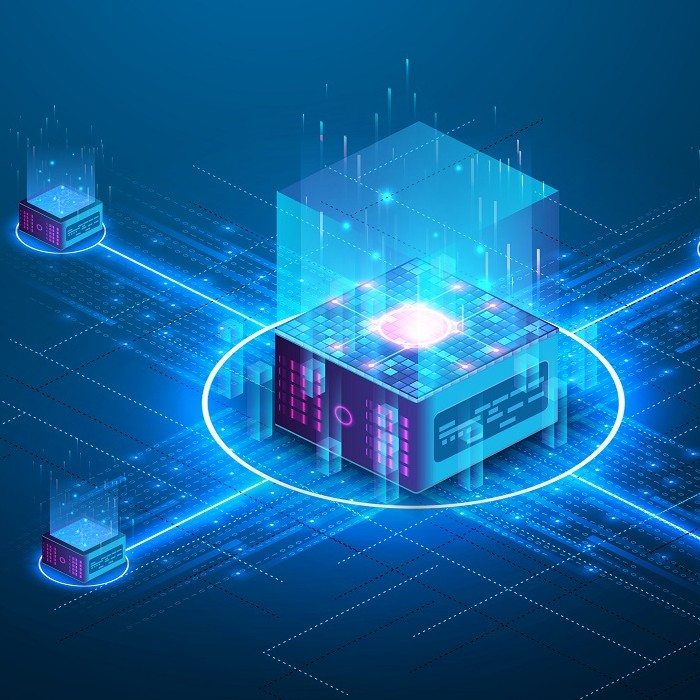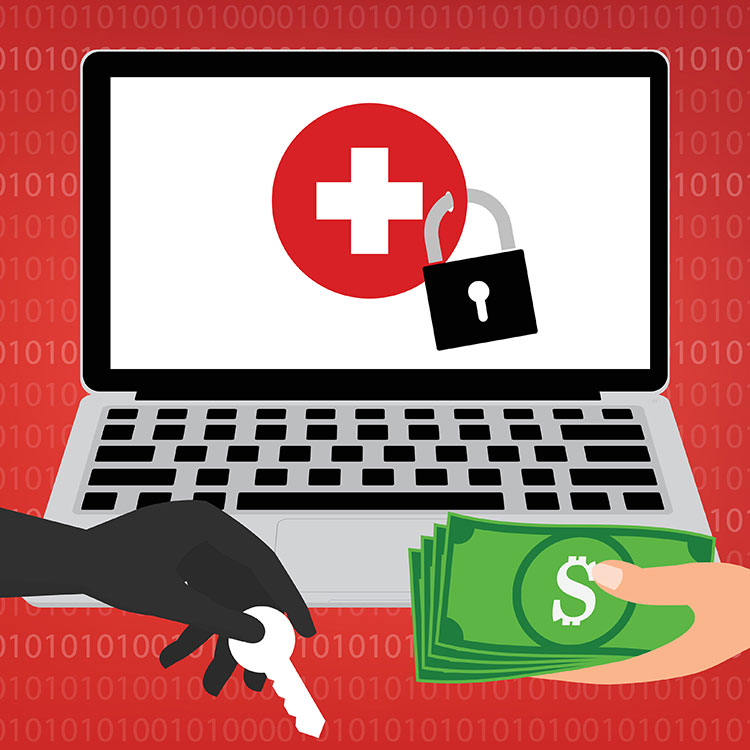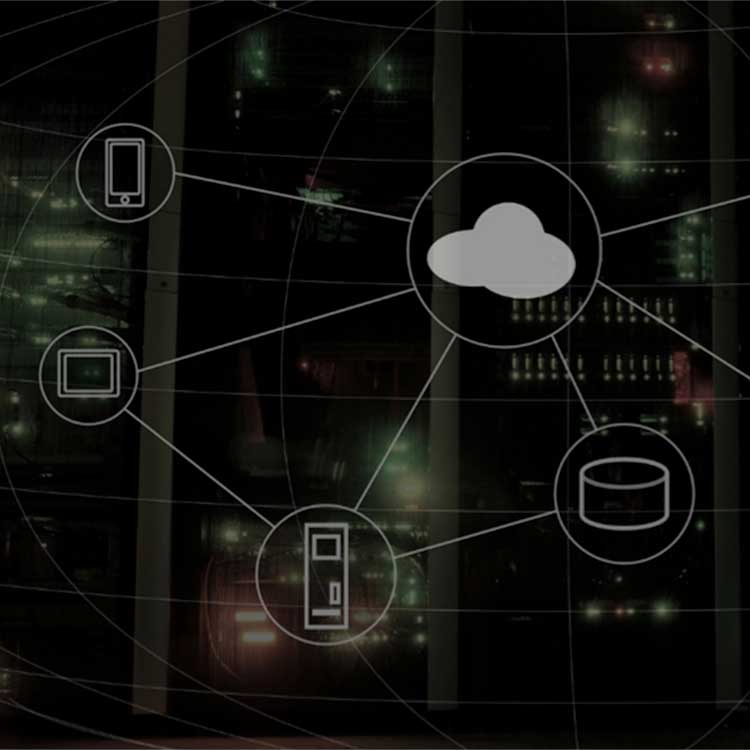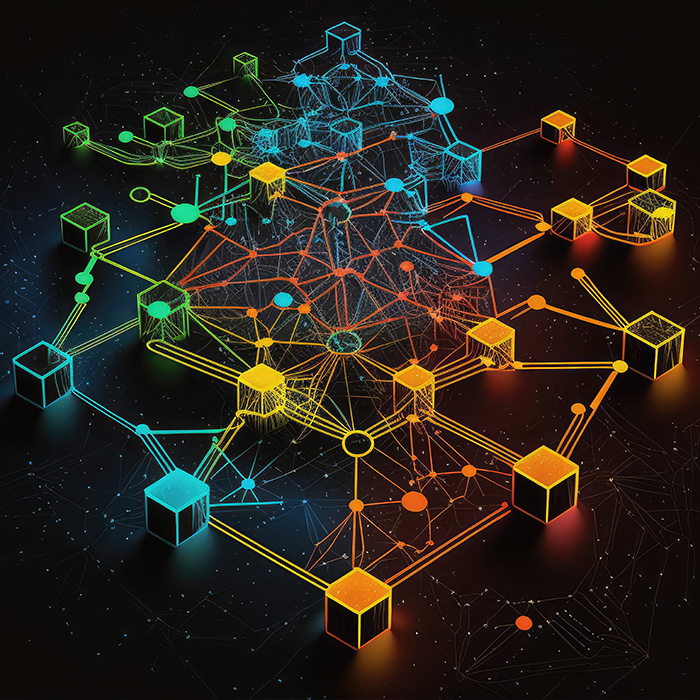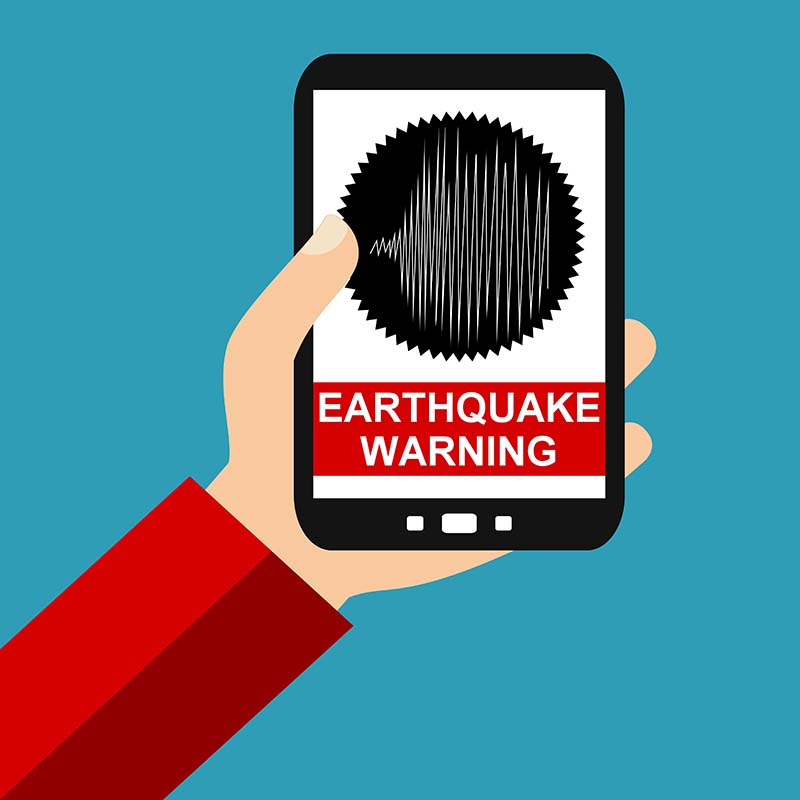It's 2025. Bob is driving down the freeway – or, at least, he's behind the wheel. The car is driving itself.
On the car's video screen are some of Bob's colleagues back at the office, hosting a video conference and requesting his feedback on an upcoming project. They can see and hear him just fine because his car's audio-visual features and a 5G wireless network connection to the digital world.
The promise of 5G – wireless bandwidth to support demanding applications that might otherwise choke on previous 4G networks. During recent tests early in 2022, T-Mobile demonstrated 5G download speeds of 191.12 Mbps – fast enough to download a two-hour HD movie in 10 seconds. AT&T recently achieved a reliability rating of 99.7% for 5G speeds of 107 Mbps in its 118 5G markets.
5G providers continue to expand reliable coverage for speeds of 100Mbps and beyond. They’re also acheiving lower costs and the ability to allow thousands of mobile and sensory devices in a small area to constantly exchange data, making 5G a close competitor to fast fiber-optic wired networks. This is promising for the continued proliferation of connected devices. With the number of IoT connect devices poised to spike from 12.2 billion at the end of 2021 to 27 billion by 2025, the demand for 5G may outpace current projections sooner than anticipated.
5G is about more than speed. It also brings lower latency for those response-sensitive applications like autonomous cars, virtual events, and the ability to simultaneously connect far greater volumes of devices, such as IoT sensors and devices.
"5G will invert the last mile problem, wherein bandwidth from users to the 5G edge will far surpass bandwidth on the next hop from the edge to the cloud," said Satyam Vaghani, former vice president and general manager of Internet of Things and Artificial Intelligence at Nutanix. In 2021, Vaghani co-founded Tiyro, where he is CEO of the company that AI accessible to any developer building a smart application.
"The next AWS might be a provider of rich application development and hosting services on the 5G edge, not in the core or cloud. The physics of 5G will challenge the "locality" of data lakes, accelerate dispersion of AI, and so on."
5G now available in about 300 U.S. cities, second only to China's 356. What does the proliferation of 5G mean for existing enterprises and what challenges are they facing?
Overload at the Network Edge
For starters, all that 5G data is likely to put more pressure on the already heavily loaded network edge, according to Jeff Paine, senior vice president of marketing for Pica8. Pica8 makes an open network operating system that runs on low-cost "white box" switches targeted at access edge and distributed campus deployments.
Legacy three-tier edge architectures – with access-layer switches or routers feeding into aggregation-layer devices that ultimately link to core routers at the top tier – already struggle under the data burden generated by IoT devices and distributed branch-office cloud connections, he said.
"5G basically becomes the final straw. [It will force] wholesale campus and access edge network infrastructure upgrades because the legacy edge switches, switch stacks, and chassis switches are already overwhelmed before 5G piles on," Paine explained. "It's likely to drive the need for more edge data centers to handle all that traffic, especially for real-time applications."
Data centers can extend upgrade lifecycles by swapping older, simpler network hardware such as routers and switches for 5G-capable devices. Recent advances in containerization and virtualization have already eased the network burden of earlier projections.
With continued improvements in software-defined networking, storage and computing resources enabled by hyperconverged infrastructure, data centers can reasonably expect to stay ahead of the curve.
Fresh Security Concerns
5G may also be a boon for hackers.
"There's going to be a lot more connected devices, and they're going to be capable of generating traffic at a much higher rate," said Paul Nicholson, senior director of product marketing at A10 Networks, in a recent report on 5G security.
"With the DDoS weapons, we think this is just the tip of the iceberg."
A potential fix is to use artificial intelligence (AI)–driven analytics embedded in systems at the network edge to detect anomalies in network performance that indicate an attack.
Nevertheless, the expanded attack surface caused by an exponential proliferation of connected devices may conceal security challenges of an altogether different nature. As networks take on more traffic without security solutions like Secure Access Service Edge (SASE), networks will suffer decreased visibility and service providers will struggle to identify traffic abnormalities and attacks. With developers continuing to rush new microservice platforms – often reliant on open-source components – to an eager market, vulnerabilities are appearing at a heightened pace for the fifth consecutive year.
Alternate Realities
In the near term, 5 G's improved wireless speeds open up exciting possibilities for bandwidth-intensive applications like mobile video conferences in cars and augmented and virtual reality (AR/VR).
AR/VR technologies reached a global market value of $28 billion in 2021 and – according to current projections – will hit $252 billion by 2028, likely matching or overtaking the value of the global desktop PC market in the process. In the real estate industry, for example, the technology lets home buyers take virtual tours of houses, dramatically speeding up the buying experience, according to the leading software review platform Capterra.
AR/VR global market size, 2021 – 2028
Source: Statista
This technology could change how people interact with almost every industry today, and it will be equally transformative both from a consumer and an enterprise perspective.
Hospitals could use it to help train surgeons. Educational institutions can take students on virtual field trips, and AR/VR applications can assist field service personnel with repairs.
SD-WAN Mobility
Another potential 5G impact is in software-defined wide-area networks (SD-WANs). Unlike its predecessors, 5G offers speeds fast enough that – when integrated into SD-WAN appliances – can serve as a robust backup link or as one of several broadband paths the SD-WAN can dynamically select.
Extending SD-WAN to 5G could give enterprises more control over application performance when accessed from mobile devices, according to Verizon and Cisco, who have partnered to build a mobile SD-WAN.
The Distributed Workforce and Fixed Wireless Applications
5G might also serve as an alternative to broadband Internet and leased-line access networks at enterprise branch locations, including banks and retail stores. As the distributed workforce appears to be here to stay – with many employees working outside of centralized enterprise hubs – designing networks to accommodate consumer-grade mobile phones accessing enterprise-level applications increasingly makes sense.
Other viable applications include so-called fixed wireless solutions, in which enterprises deploy 5G private mobile networks within campuses to support localized applications such as CCTV networks and IoT device reports. In fixed applications, the high energy consumption of newly designed 5G modems will be less of a concern than in mobile applications.
It's clear that while 5G presents a wealth of opportunity for innovation in AR/VR, autonomous cars, SD-WAN and other applications, it's not without its challenges in areas such as security and the network edge. In any case, it's time to start planning accordingly.
This is an updated version of an article originally published September 2019.
Paul Desmond is a contributing writer. He is co-founder and principal of Saratoga B2B group and formerly an editor at IDG’s Network World, Redmond magazine and Redmond Channel Partner magazine.
Michael Brenner updated this article. He’s a keynote speaker, author and CEO of Marketing Insider Group. Michael has written hundreds of articles on sites such as Forbes, Entrepreneur Magazine, and The Guardian, and he speaks at dozens of leadership conferences each year covering topics such as marketing, leadership, technology and business strategy. Follow him @BrennerMichael.
© 2022 Nutanix, Inc. All rights reserved. For additional legal information, please go here.



